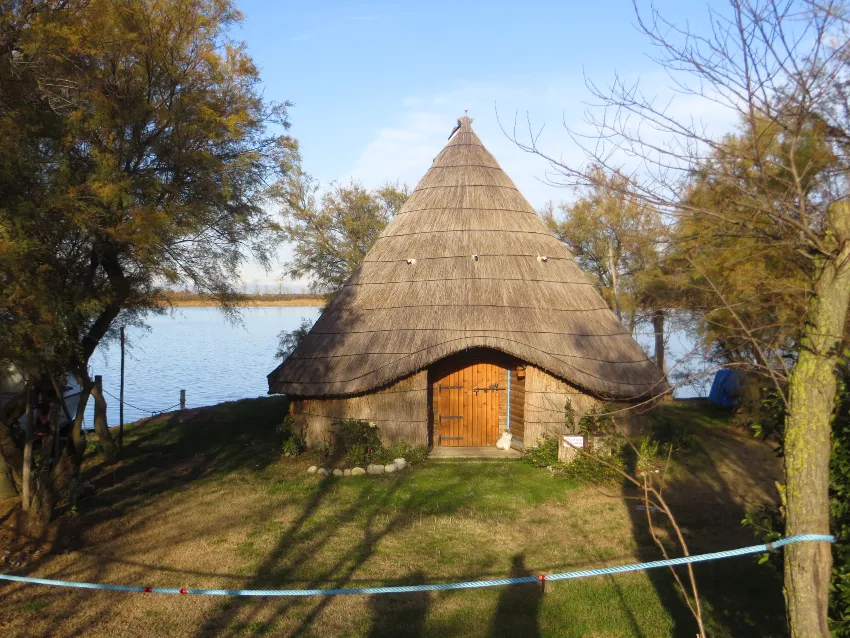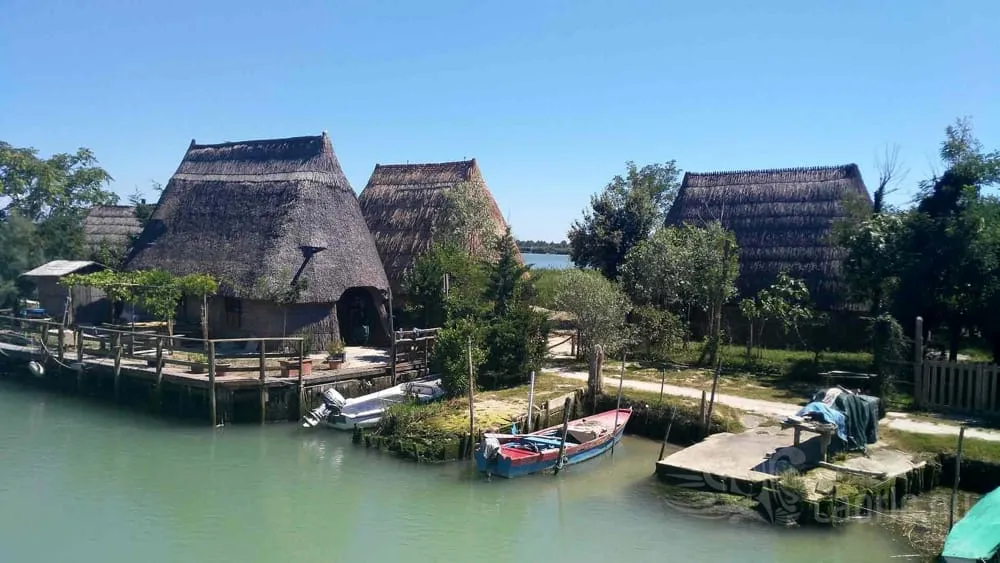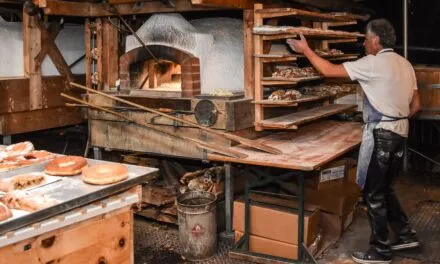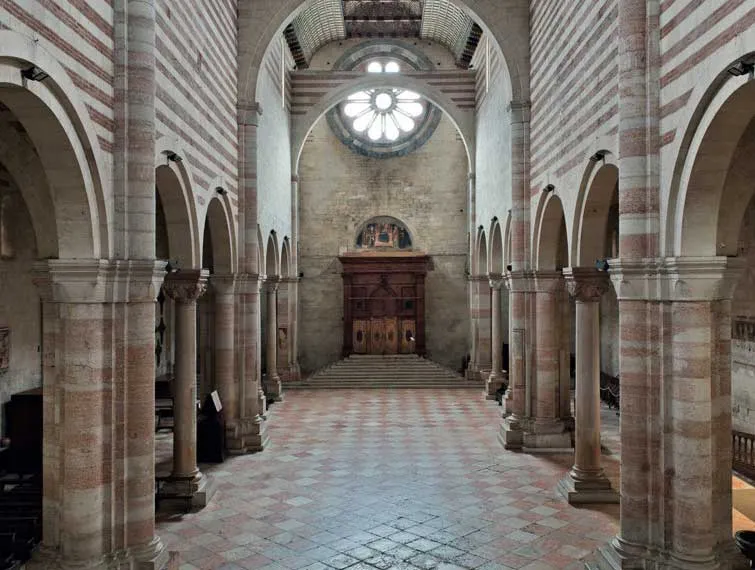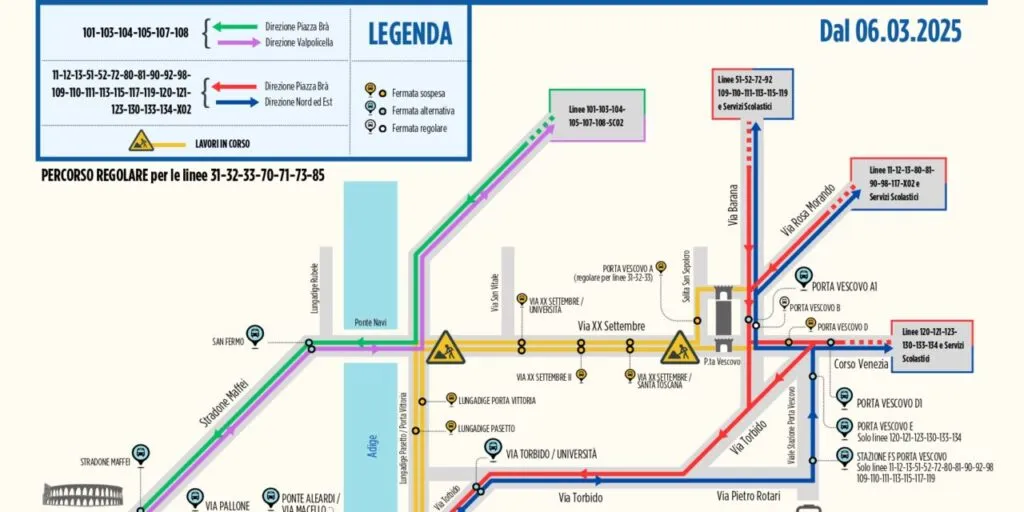Ernest Hemingway is undoubtedly one of the most renowned writers of the 20th century, whose works continue to inspire readers and writers alike. Hemingway’s influence on literature and culture is immeasurable, and his legacy extends far beyond the pages of his novels and short stories. One of the lesser-known aspects of Hemingway’s life is his love for Caorle, a small town on the Adriatic coast of Italy. Hemingway spent a considerable amount of time in Caorle during the 1940s and 1950s, and it was here that he found inspiration for his famous “casoni”.
Casoni are traditional fishing huts made of reeds, wood, and straw, that have been used for centuries by fishermen in the Venetian Lagoon. These huts are unique to the area and are an essential part of the local culture and tradition. Hemingway was fascinated by the casoni and spent a lot of time exploring them and learning about their history and construction.
Hemingway’s interest in the casoni was not just academic. He was also drawn to their simplicity, functionality, and beauty. He saw in them a reflection of his own aesthetic sensibility, which was based on the idea of minimalism and the rejection of unnecessary ornamentation. For Hemingway, the casoni represented the essential qualities of life, such as hard work, endurance, and resilience.
Hemingway’s love for the casoni inspired him to build his own hut in Caorle, which he called “La Casetta”. The hut was made of the same materials as the casoni and was located on the beach, facing the Adriatic Sea. Hemingway used La Casetta as a retreat, a place where he could escape from the distractions of daily life and focus on his writing.
La Casetta was a simple structure, consisting of a single room with a thatched roof and a dirt floor. The hut was furnished with a few basic items, such as a table, a chair, a bed, and a stove. Hemingway spent long hours in La Casetta, writing and reading, and watching the sea.
La Casetta was not just a personal retreat for Hemingway, but also a place where he entertained friends and fellow writers. Hemingway was known for his love of company and conversation, and La Casetta was a place where he could share his passions and ideas with others. Some of the notable guests who visited La Casetta include Ezra Pound, James Joyce, and Archibald MacLeish.
Hemingway’s love for the casoni and La Casetta had a lasting impact on his writing. The themes of simplicity, endurance, and resilience that he saw in the casoni are evident in many of his works, such as “The Old Man and the Sea” and “A Farewell to Arms”. Hemingway’s writing is also characterized by a spare, minimalist style that echoes the simplicity and functionality of the casoni.
Today, Hemingway’s La Casetta is a museum dedicated to the writer’s life and work. The museum is located on the beach in Caorle and is open to visitors who want to learn more about Hemingway’s love for the casoni and his enduring legacy. The museum features exhibits on Hemingway’s life in Caorle, his writing process, and his influence on literature and culture.
